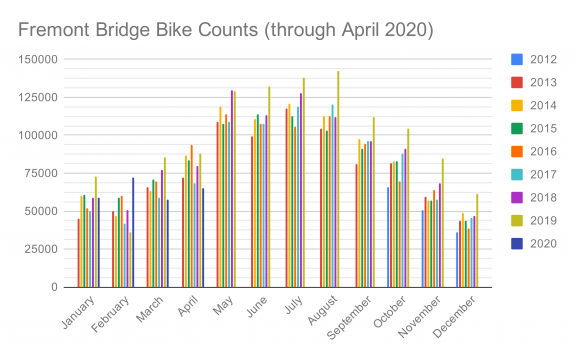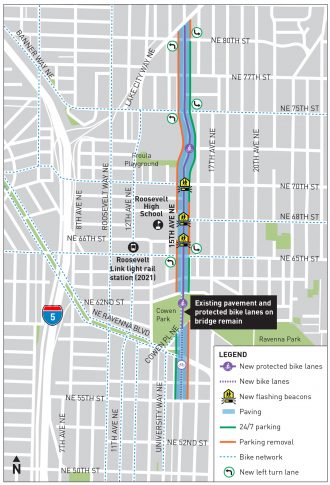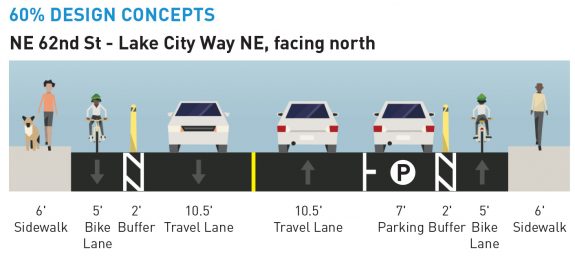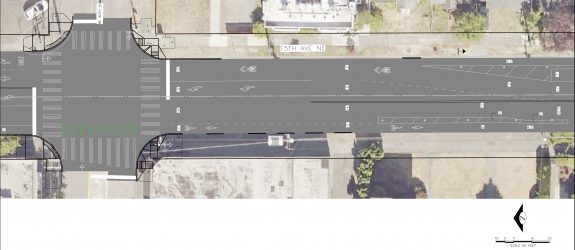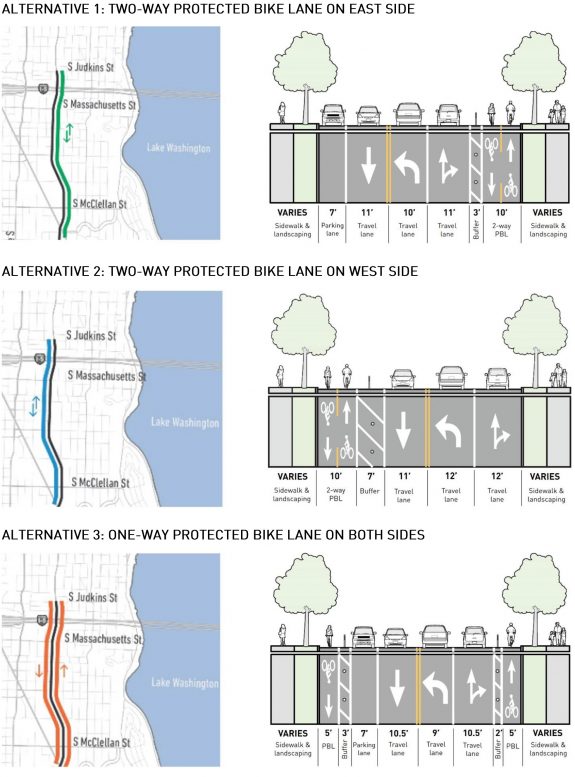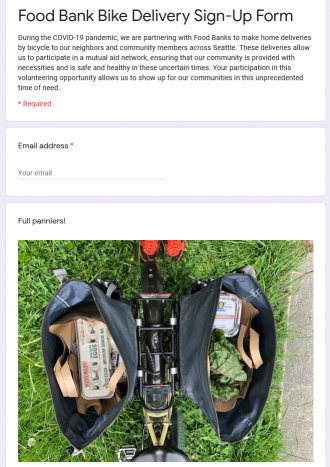It’s a surprisingly simple idea. Find people who need bikes, find people who have bikes they don’t need, and then introduce them to each other. That’s basically how Bike Match Seattle works, a project started by Maggie Harger as a response to the covid-19 outbreak.
“New York City is where it first started,” said Harger in a recent conversation. Watch in the video above. “It’s a program that’s supposed to pair people who maybe have an extra bike lying around in the backyard or in their garage or whatever that they don’t necessarily use anymore, and they would submit that bicycle online and then hopefully match it to somebody out in the community who’s an essential worker who maybe still needs to commute to work.”
Harger decided to start the program while taking Cascade Bicycle Club’s Advocacy Leadership Institute program, a free training course for people who want to learn more about community organizing, campaigning and bike advocacy. All ALI participants have to complete a project of some kind, and Harger decided to try replicating the New York program.
And so far, there are more requests for bikes than offers to donate.
The program is meant to quickly meet a need for people who need transportation to do essential work or to complete essential tasks. This could be a worker who needs a set of working wheels to get to work. It could also be someone who needs a bike to help transport necessities to community members.
Donated bikes must be in full working order. Unlike Bike Works, the Bikery or other used bike shops that have staff available to fix up bikes before reselling them, Bike Match will never see or touch the bike. Instead, it simply puts people in touch with each other. The two parties then arrange delivery or pickup themselves. No money changes hands, just the bike.
To request or donate a bike, simply fill out the online form.
So if you let your n+1 bike habit get a little out of control before the outbreak, maybe now is the time to reduce your collection (or make room for more bikes…).

